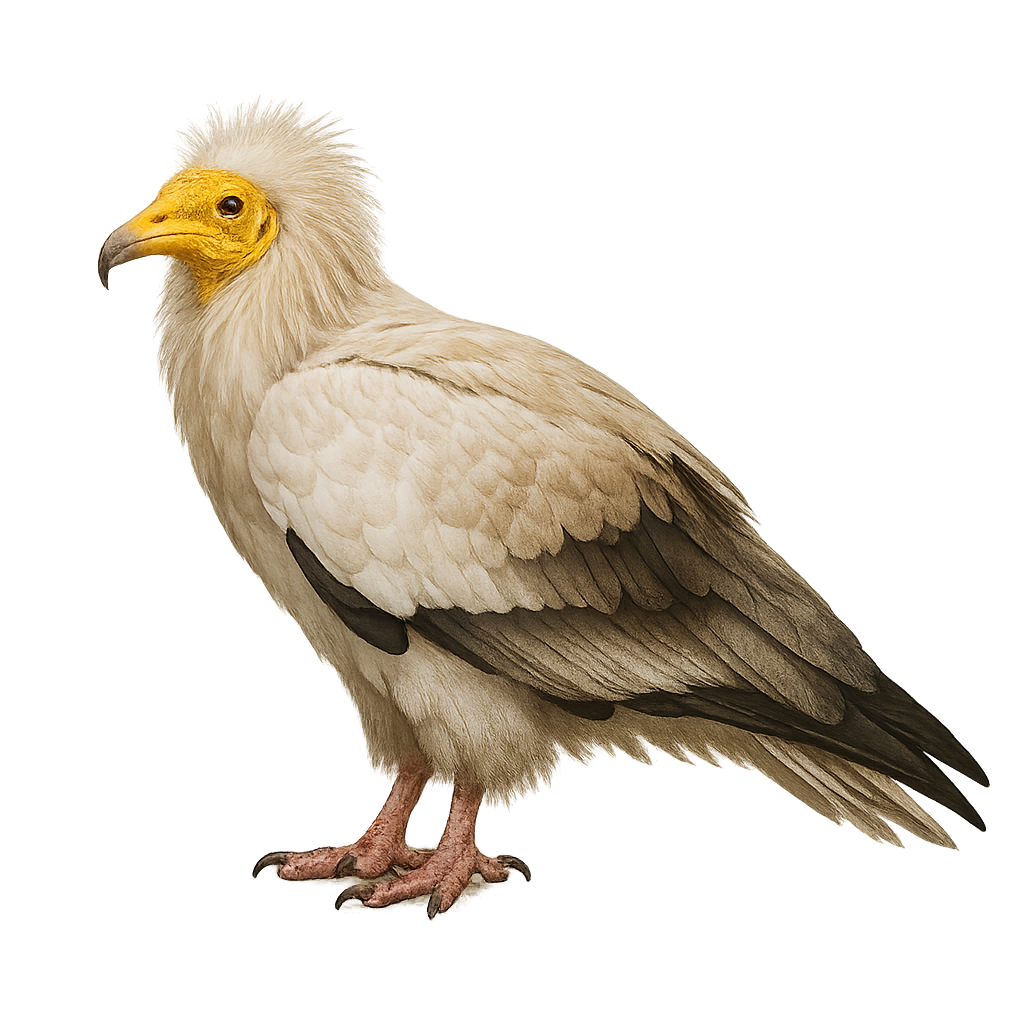Your wildlife photography guide.
Explore the egyptian vulture in detail, study its behavior, prepare your shots.
Where to observe and photograph the egyptian vulture in the wild
Learn where and when to spot the egyptian vulture in the wild, how to identify the species based on distinctive features, and what natural environments it inhabits. The WildlifePhotographer app offers tailored photography tips that reflect the egyptian vulture’s behavior, helping you capture better wildlife images. Explore the full species profile for key information including description, habitat, active periods, and approach techniques.
Egyptian Vulture
Scientific name: Neophron percnopterus

IUCN Status: Endangered
Family: ACCIPITRIDAE
Group: Birds
Sensitivity to human approach: Suspicious
Minimum approach distance: 20 m
Courtship display: March to May
Incubation: 40-45 jours
Hatchings: April to June
Habitat:
Steppes, deserts, mountains
Activity period :
Primarily active during the day, with peak activity in the morning and late afternoon.
Identification and description:
The Egyptian Vulture, or Neophron percnopterus, is a small vulture from the Accipitridae family. It is easily recognizable by its white plumage contrasted with black flight feathers and its bare yellow face. This scavenging raptor is often seen soaring in search of carcasses. It sometimes uses tools, like stones, to break ostrich eggs, showcasing its intelligence. It frequents open habitats such as steppes, deserts, and mountains, often nesting on cliffs. Although it is a migratory bird, some populations are sedentary. Unfortunately, this vulture is threatened by habitat loss and accidental poisoning.
Recommended lens:
400 mm – adjust based on distance, desired framing (portrait or habitat), and approach conditions.
Photography tips:
To photograph the Egyptian Vulture, focus on open areas where it is often seen in flight. Use a 400mm or longer telephoto lens to capture detailed shots of its plumage and behavior. Be patient and discreet to avoid disturbing it, and wait for it to be in full flight for dynamic shots. Early morning or late afternoon hours provide soft light that will enhance its colors.
The WildlifePhotographer App is coming soon!
Be the first to explore the best nature spots, track rutting seasons, log your observations, and observe more wildlife.
Already 1 429 wildlife lovers subscribed worldwide

